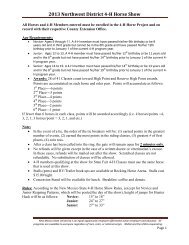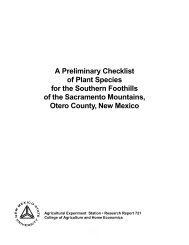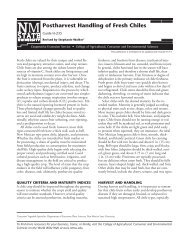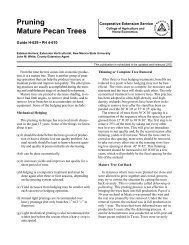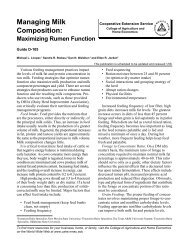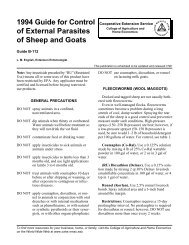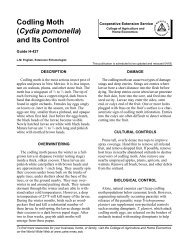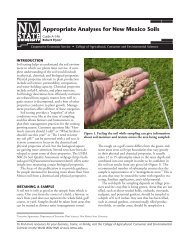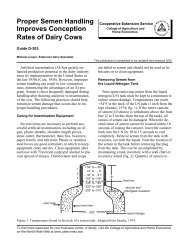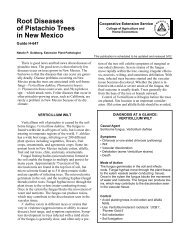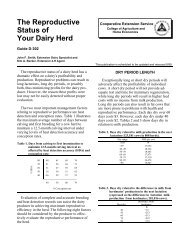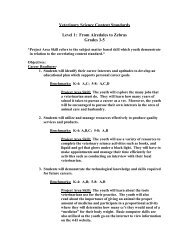Common name: Korean Mint Pinyin: tu huo xiang Part used: Leaf ...
Common name: Korean Mint Pinyin: tu huo xiang Part used: Leaf ...
Common name: Korean Mint Pinyin: tu huo xiang Part used: Leaf ...
You also want an ePaper? Increase the reach of your titles
YUMPU automatically turns print PDFs into web optimized ePapers that Google loves.
Aster tataricus<strong>Common</strong> <strong>name</strong>: Tatarian aster<strong>Pinyin</strong>: zi wan<strong>Part</strong> <strong>used</strong>: rootFamily: AsteraceaePlant DescriptionThis stout perennial grows over five feet tall with lower leaves that are large, coarse and lanceolate with upperleaves much smaller. In late summer or early fall light purple ray flowers appear in several clusters.HardinessUSDA Hardiness Zones 3-8.PropagationStart indoors or directly outdoors in early spring, barely covering the seeds. Germination in flats is around 2 ½weeks. Once parent plants are established, Aster tataricus is easily propagated by root division from ma<strong>tu</strong>replants.Field ProductionSoil should be of average fertility and well draining. Set out or thin plants on 2-foot centers. Mulch to promotewater retention. Tatarian aster is not drought tolerant and needs regular irrigation for greatest productivity.PestsTatarian aster is susceptible to aster yellows virus.HarvestRoots are harvested in the fall after two or more years of growth. Wash the roots with a power washer and trimoff the rootlets and air dry. Dry the main roots under low heat. “Good quality is long and reddish purple”(Bensky et al, 2004).InvasivenessThough not invasive this aster should not be allowed to cross with native asters.ReferencesChinese Herbal Medicine: Materia Medica, compiled and translated by Dan Bensky and Andrew Gamble.Fourth edition, Eastland Press, Inc., 2004.©Copyright NMSU and Western Center RME, WSU



